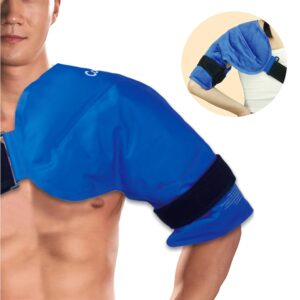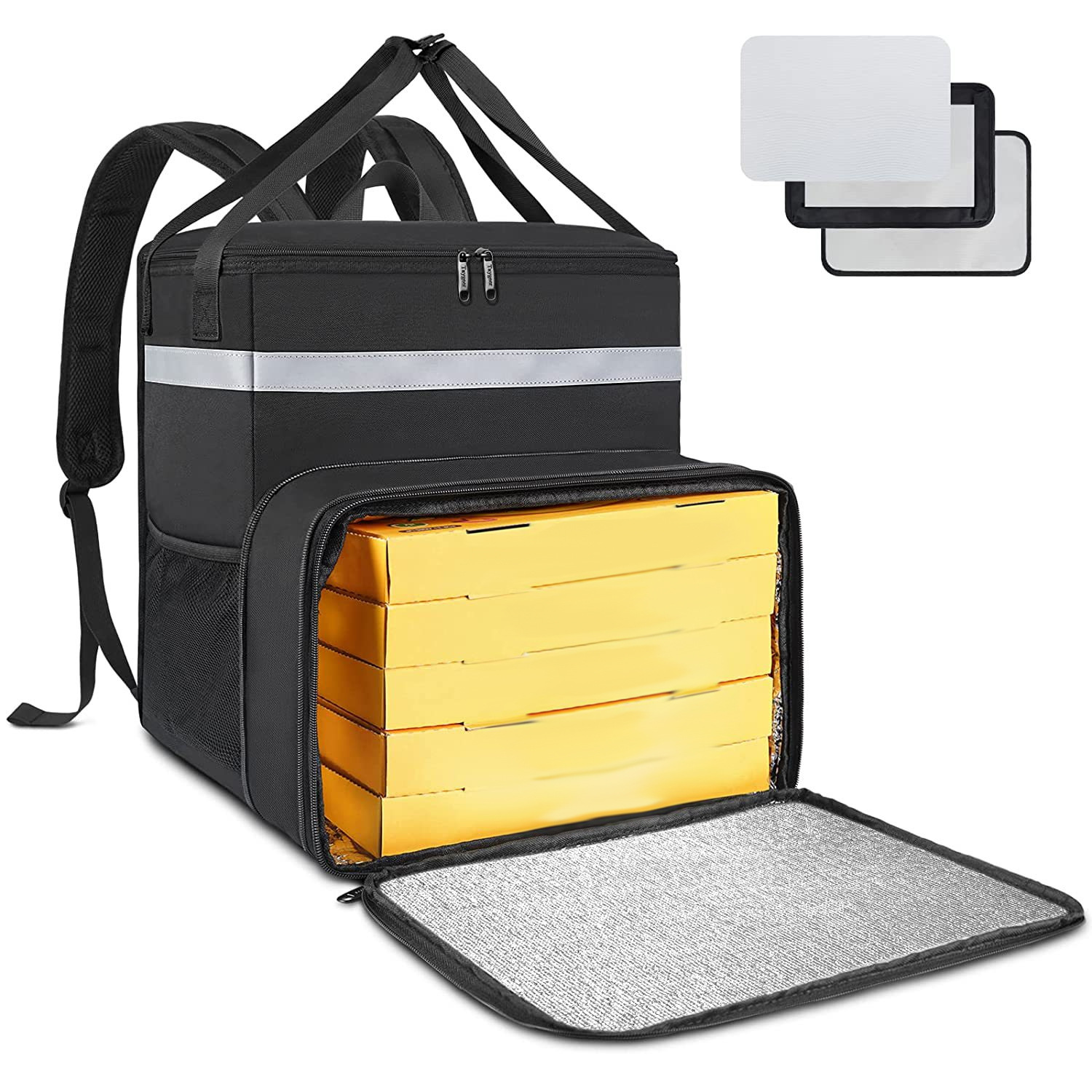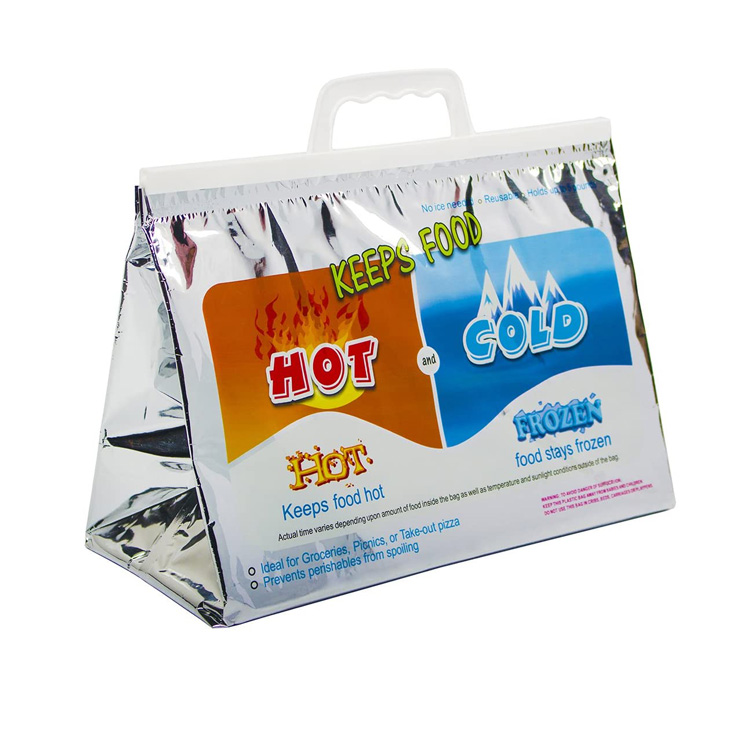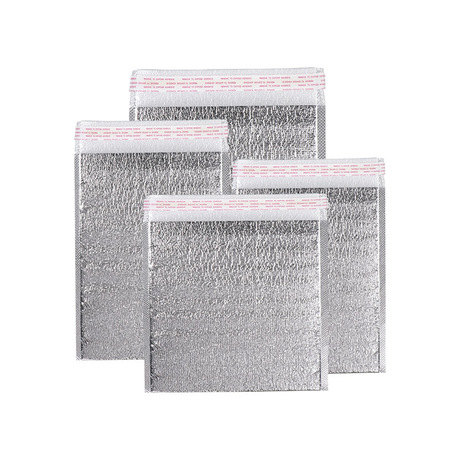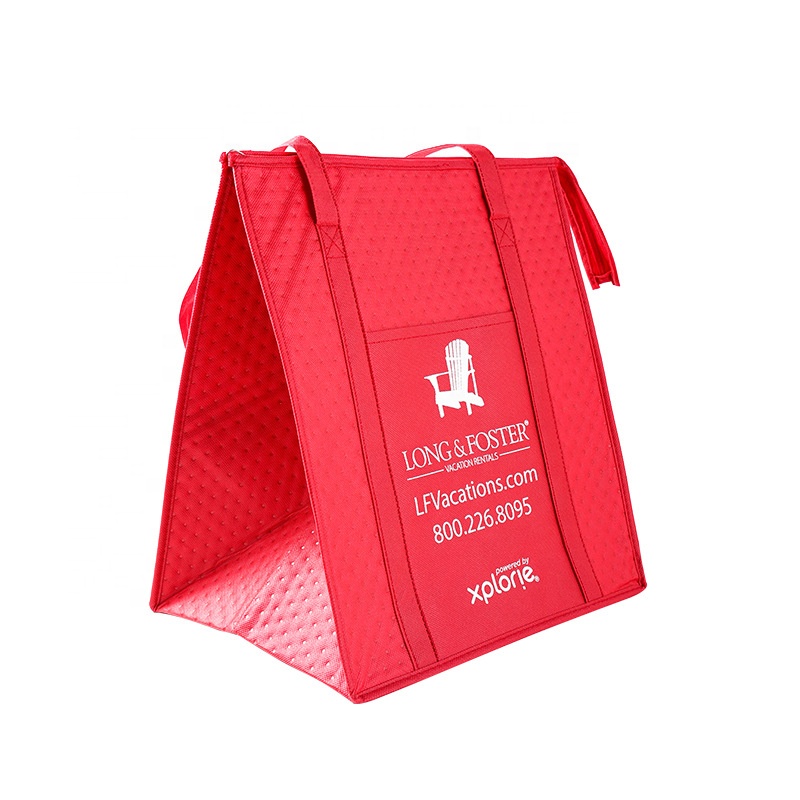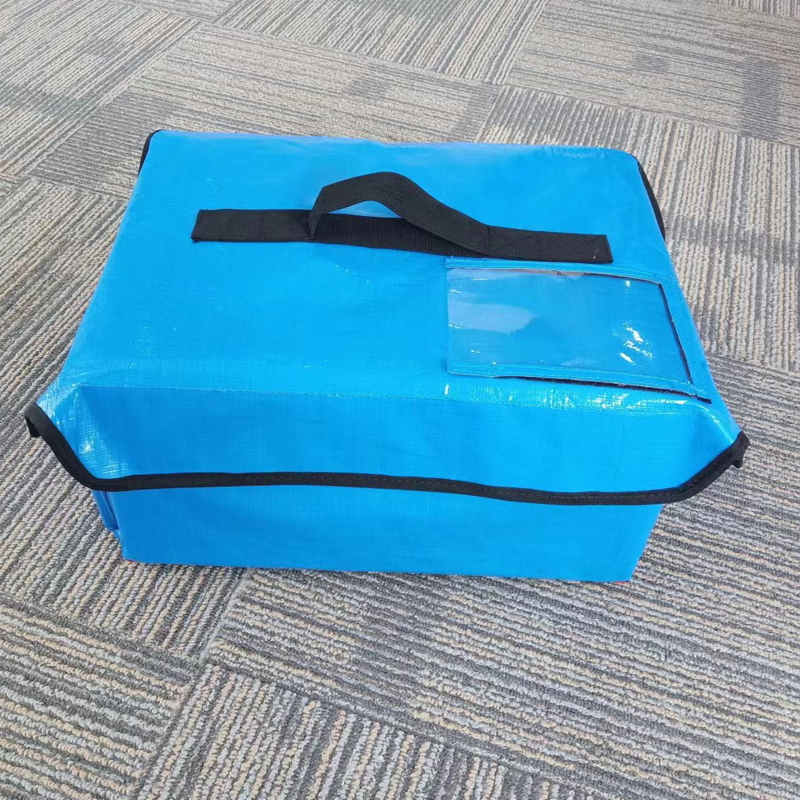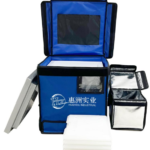Shoulder pain is an all – too – common affliction that can cast a shadow over our daily lives. Whether it stems from a sudden sports – حادث ذات صلة, the cumulative toll of overuse in our daily routines, or underlying medical conditions, its impact can be far – الوصول. From making simple tasks like reaching for an item on a high shelf a struggle, to disrupting sleep and overall well – being, shoulder pain demands attention. Fortunately, a shoulder cold pack offers a straightforward yet highly potent solution for managing this discomfort.
The Science Behind Shoulder Cold Packs
Shoulder cold packs operate based on the principles of cryotherapy, a time – tested therapeutic approach. When applied to the shoulder, the frigid temperature initiates a series of physiological responses. First and foremost, it causes the blood vessels in the area to constrict. This constriction acts as a natural damper, reducing the volume of blood flowing to the site. As a result, swelling and inflammation, which are often the culprits behind shoulder pain, are significantly mitigated.
With reduced blood flow, the body’s pain – sensing nerve endings in the area are less stimulated, providing much – needed relief from the discomfort. علاوة على ذلك, the cold has a remarkable effect on the metabolic rate of the affected tissues. It slows down the metabolic processes, which in turn curbs the production of pain – inducing chemicals. This creates a more conducive environment for the body’s natural tissue – repair mechanisms to kick in, promoting healing.
Conditions Alleviated by Shoulder Cold Packs
Acute Injuries
In the case of acute injuries such as sprains, strains, and rotator cuff tears, shoulder cold packs are an essential first – line treatment. Consider a scenario where an enthusiastic basketball player suddenly sprains their shoulder during a game. In the immediate aftermath, applying a cold pack can be a game – changer. It quickly numbs the pain, acting as a natural analgesic, and also prevents the area from swelling up like a balloon. Limiting the extent of swelling is crucial as it reduces the pressure on the surrounding tissues, paving the way for a faster and smoother recovery.
Chronic Conditions
For those grappling with chronic shoulder conditions like tendonitis, bursitis, and arthritis, shoulder cold packs offer a ray of hope. These long – term conditions often bring with them persistent pain and stiffness, making even the simplest of movements a challenge. Regular application of cold therapy can act as a powerful ally in managing the inflammation and pain associated with these conditions. على سبيل المثال, individuals with tendonitis often experience sharp, stabbing pain and stiffness in the shoulder, especially during movement. A cold pack can provide temporary respite, soothing the irritated tissues and reducing the frequency and intensity of flare – ups. This not only improves physical comfort but also enhances the overall quality of life, allowing sufferers to engage in activities they love with more ease.
بريد – Surgical Recovery
After shoulder surgery, swelling and pain are almost inevitable. This is where shoulder cold packs play a pivotal role in the post – surgical recovery journey. By applying a cold pack around the surgical site, the swelling can be significantly reduced. This not only alleviates the pain but also accelerates the healing process. Reducing swelling helps the body focus its resources on repairing the damaged tissues rather than dealing with the aftermath of excessive fluid accumulation. بالإضافة إلى ذلك, cold therapy can minimize the risk of complications by keeping the inflammation in check, ensuring a smoother and more successful recovery.
Diverse Types of Shoulder Cold Packs
هلام – Filled Cold Packs
هلام – filled shoulder cold packs are among the most popular choices on the market. These packs are pre – filled with a specialized gel that has an impressively high heat – سعة. This unique property enables the gel to absorb a substantial amount of heat from the shoulder area and stay cold for an extended period. Their flexibility is another major advantage. They can effortlessly conform to the complex contours of the shoulder, ensuring maximum contact with the affected area. This means that the cold therapy is evenly distributed, enhancing its effectiveness. Some gel – filled cold packs come with removable and washable covers, adding an extra layer of convenience. This makes them easy to clean and maintain, ensuring that they remain hygienic and ready for use whenever needed.
Ice – Water Mixture Cold Packs
Ice – water mixture cold packs offer a budget – friendly and accessible option. Consisting of a simple combination of ice and water, they are relatively inexpensive and can be easily assembled at home. لكن, they do come with a few drawbacks. The ice in these packs tends to melt relatively quickly, especially in warmer environments. This means that their cooling effectiveness may be short – lived. بالإضافة إلى ذلك, they may not hold their shape as well as gel – filled packs, making it a bit more challenging to keep them in place on the shoulder. Despite these limitations, they can still be a go – to solution for short – term pain relief, especially when you need a quick fix and don’t have access to more advanced cold packs.
Reusable Silicone Cold Packs
Reusable silicone cold packs are a newer addition to the market, and they are quickly gaining popularity. Made from food – grade silicone, they are non – toxic and completely safe to use. Their durability is a standout feature. They can withstand repeated use, making them a cost – effective long – term investment. Cleaning these cold packs is a breeze, adding to their convenience. What’s more, they often come in innovative, ergonomic designs that are specifically engineered to better fit the shoulder. Some even feature built – in straps, allowing for hands – free use. This is especially beneficial for those who need to continue with their daily activities while applying cold therapy.
Mastering the Art of Using a Shoulder Cold Pack
Preparation
Before using a shoulder cold pack, a thorough inspection is essential. Check the pack carefully for any signs of damage, such as leaks, cracks, or punctures. Even the smallest defect can compromise the integrity of the pack and reduce its effectiveness. If it’s a gel – filled pack, store it in the freezer for at least a few hours. This ensures that it reaches the optimal cold temperature, maximizing its cooling power. For ice – water mixture packs, prepare them in advance and make sure they are well – sealed to prevent any leakage.
Application
When applying the cold pack, precision is key. Place it directly on the affected area of the shoulder. To protect your skin from the extreme cold and prevent frostbite, use a thin towel or cloth as a barrier. This simple step can make a world of difference in ensuring a safe and comfortable cold – therapy experience. If you’re on the move or need to use your hands, it’s crucial to secure the cold pack in place. Some cold packs come equipped with adjustable straps that can be tightened to keep the pack firmly in position, allowing you to go about your activities while still benefiting from the cold therapy.
Duration of Use
Applying the shoulder cold pack for 15 – 20 minutes at a time is the recommended duration. Prolonged use without breaks can lead to skin damage and harm to the underlying tissues. For acute injuries, during the critical first 24 – 48 ساعات, you can apply the cold pack every 1 – 2 ساعات. This frequent application helps to keep the swelling and pain in check during the initial, most vulnerable phase of the injury. For chronic conditions, applying the cold pack 2 – 3 times a day is usually sufficient to manage the symptoms effectively.
Crucial Precautions
حساسية الجلد
Individuals with sensitive skin need to exercise extra caution when using shoulder cold packs. Sensitive skin is more prone to adverse reactions from the cold. If you notice any redness, قفا, or numbness during or after use, it’s a clear sign to stop immediately. These symptoms could be early indicators of skin damage, and it’s crucial to consult a doctor for proper evaluation and advice. To protect sensitive skin, it may be advisable to use a thicker layer of cloth between the cold pack and the skin.
الحالات الطبية
Certain medical conditions, such as poor circulation, Raynaud’s disease, or diabetes, can be exacerbated by the cold. If you have any of these conditions, it’s imperative to consult a healthcare professional before using a shoulder cold pack. The reduced blood flow caused by the cold can have a more significant impact on those with poor circulation, while Raynaud’s disease sufferers may experience more severe vasospasms. For diabetes patients, the risk of nerve damage due to the cold is higher. A healthcare provider can provide personalized advice based on your specific medical history and condition, ensuring that you use the cold pack safely.
ختاماً, shoulder cold packs are an invaluable tool in the fight against shoulder pain. By understanding their underlying science, the various types available, and the proper techniques for use, you can effectively harness their power to alleviate shoulder pain and enhance your quality of life. Whether you’re recovering from an injury, managing a chronic condition, or on the mend after surgery, a shoulder cold pack can be your trusted companion on the road to recovery.








